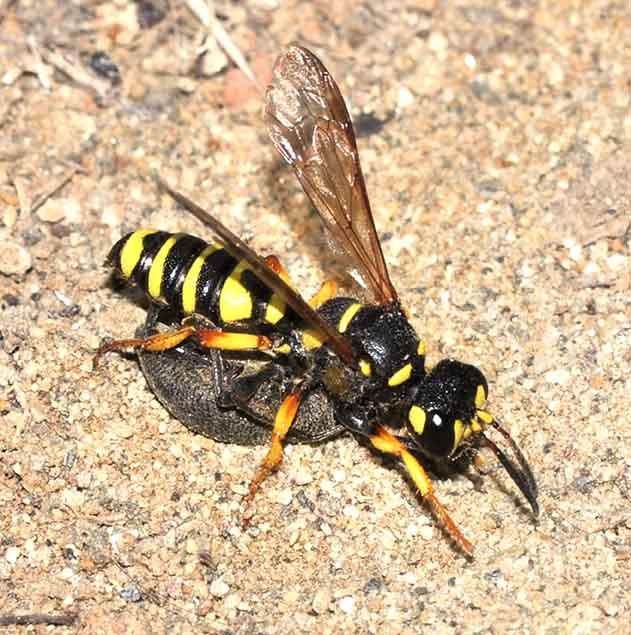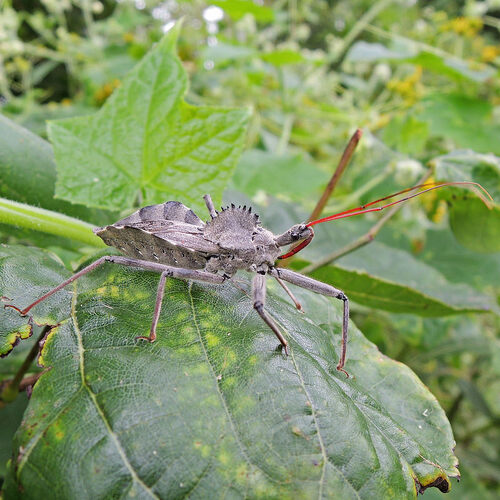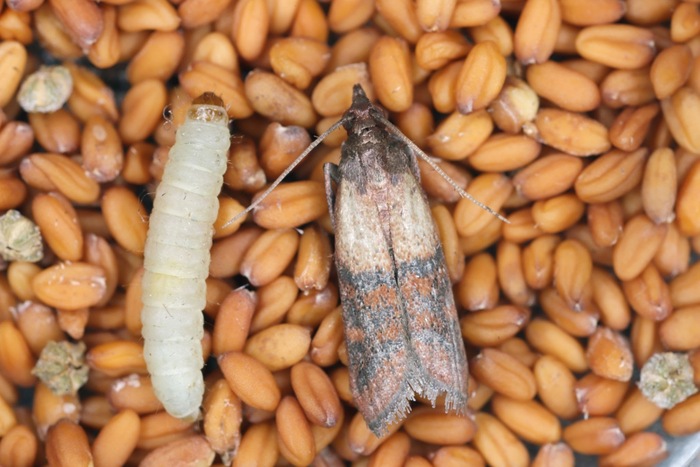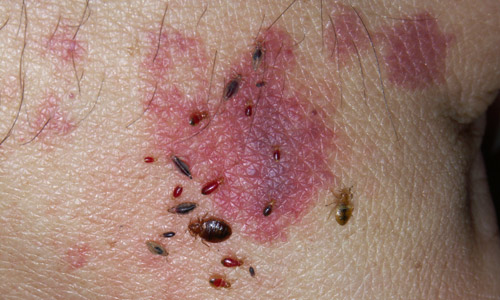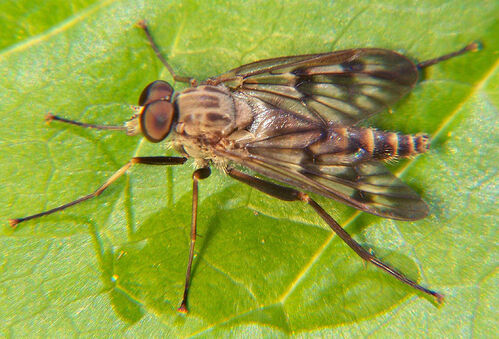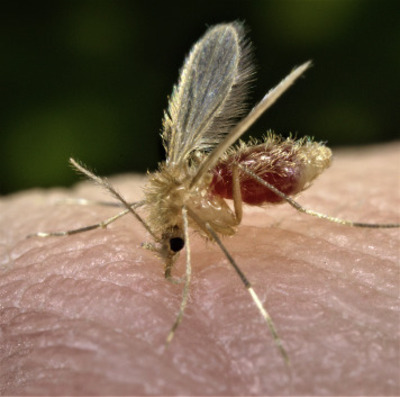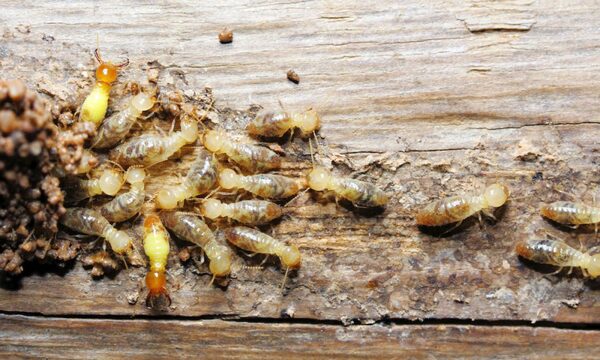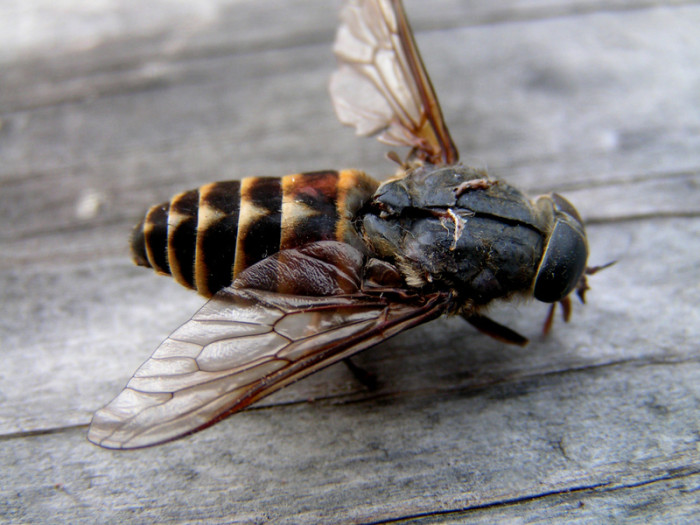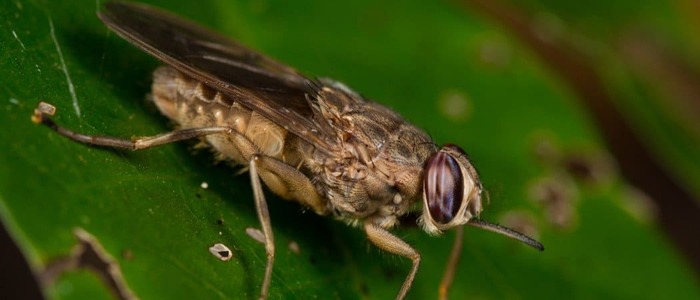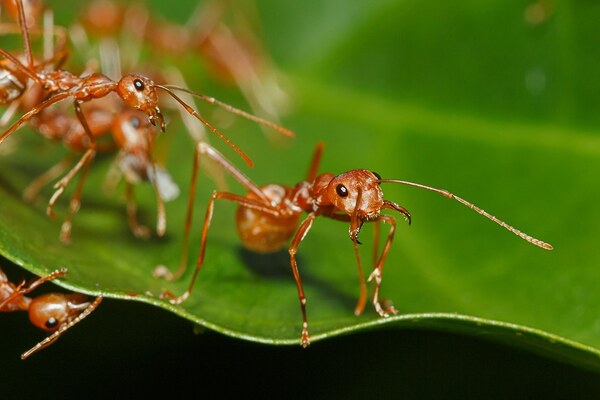Digger wasps are very large passive aggressive wasps that build their nests in dry, unfertilized soil. They are typically large and black bodied with yellow stripes on their back end. When fully grown, they measure about one and a half inches in length with about a one and a quarter inch wide wingspan. Digger wasps […]
Wheel bugs are diurnal pests and should be careful not to handle them, they are named so due to the distinctive, serrated crest on its pronotum that in profile resembles a portion of a wheel or gear, A bite from this species is very painful. It is reported as causing intense pain followed by numbness. […]
Pantry moths are small grey/brown winged insects around ½-inch in length, most commonly found indoors, in locations where food packaging is stored. They are known to cause terrible damage to food, spoiling it as it becomes invaded by pantry moths’ larvae. They often come in through doors and windows or openings around vents or cables […]
Bed bugs are small, parasitic insects that like to live on mattresses, box springs, and other furniture. They are flightless but tend to crawl extremely quickly. The size of an apple seed, a bed bug survives off of blood. Identification of Bedbugs: 1.Red, small, itchy bites on skin, with a number of bites where the […]
Snipe flies are small. They get their name from the similarity of their often prominent proboscis that looks like the beak of a snipe. These flies are active predators and can often be found sitting head down on fence posts, watching for passing prey. They are sometimes called “down-looker” flies.
Sand flies are tiny insects about 3 mm long, they have long, piercing mouthparts that are well adapted for sucking blood from their host. Sand flies hold their hairy-looking wings in a vertical V-shape when at rest, a characteristic that distinguishes them from some other small flies. Human skin odors, produced by bacteria from skin […]
Termites are one among the few creatures that relies on wood as a primary food source. Cellulose is the common organic compound found in plant materials, which is obtained from wood, grass, leaves, humus, manure of herbivorous animals, and materials of vegetative origin. Termites can break down the cellulose fibers found in wood and derive […]
Botfly larvae – A disruptive threat Botflies larvae are internal parasites of mammals, some species growing in the host flesh and others within the gut. Botflies deposit eggs on a host, or sometimes use an intermediate vector the larvae of Dermatobia hominis will infest the skin of mammals and live out the larval stage in […]
Tsetse flies are large, biting flies, an obligate parasite, which lives by feeding on the blood of vertebrate animals. Tsetse is multivoltine and long-lived, typically producing about four broods per year, A bite by the tsetse fly is often painful and can develop into a red sore, also called a chancre. Fever, severe headaches, irritability, […]
Weaver ants get their name from their habit of binding fresh leaves with silk to form their nests. The presence of weaver ant decrease the termite attacks and defoliation of teak stand. The weaver ant is potentially used as biocontrol of teak pest. They have the most complex nests among ants nests. Their lifecycle spans […]

